Magnetic resonance neurography of the brachial plexus
- PMID: 26424974
- PMCID: PMC4564494
- DOI: 10.4103/0970-0358.163045
Magnetic resonance neurography of the brachial plexus
Abstract
Magnetic Resonance Imaging (MRI) is being increasingly recognised all over the world as the imaging modality of choice for brachial plexus and peripheral nerve lesions. Recent refinements in MRI protocols have helped in imaging nerve tissue with greater clarity thereby helping in the identification, localisation and classification of nerve lesions with greater confidence than was possible till now. This article on Magnetic Resonance Neurography (MRN) is based on the authors' experience of imaging the brachial plexus and peripheral nerves using these protocols over the last several years.
Keywords: Brachial plexus; imaging; magnetic resonance neurography.
Figures
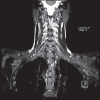


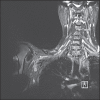
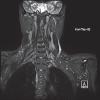
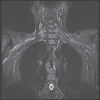
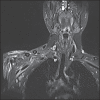
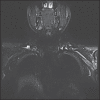

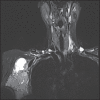

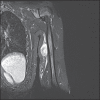
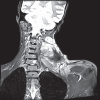
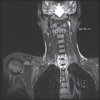
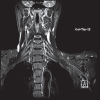
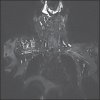
References
-
- Sureka J, Cherian RA, Alexander M, Thomas BP. MRI of brachial plexopathies. Clin Radiol. 2009;64:208–18. - PubMed
-
- Upadhyaya V, Upadhyaya DN, Kumar A, Gujral RB. MR neurography in traumatic brachial plexopathy. Eur J Radiol. 2015;84:927–32. - PubMed
-
- Delman BN, Som PM. Imaging of the brachial plexus. In: Som PM, Curtin HD, editors. Head and Neck Imaging. 5th ed. St. Louis: Elsevier Mosby; 2011. pp. 2743–70.
-
- Chuang DC. Brachial plexus injuries: Adult and pediatric. In: Neligan PC, Chang J, editors. Plastic Surgery. 3rd ed. London, New York, Oxford, Saint Louis, Sydney, Toronto: Elsevier Saunders; 2013. pp. 789–816.
LinkOut - more resources
Full Text Sources
Other Literature Sources

